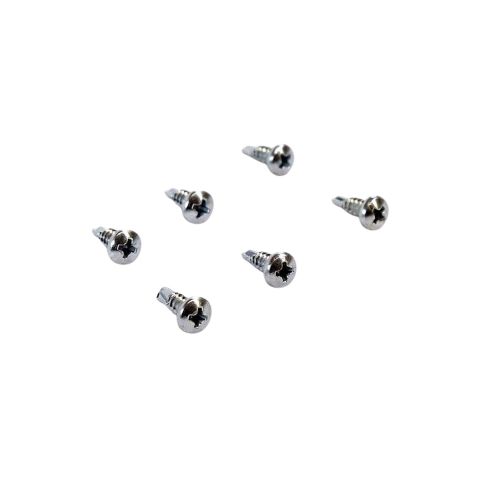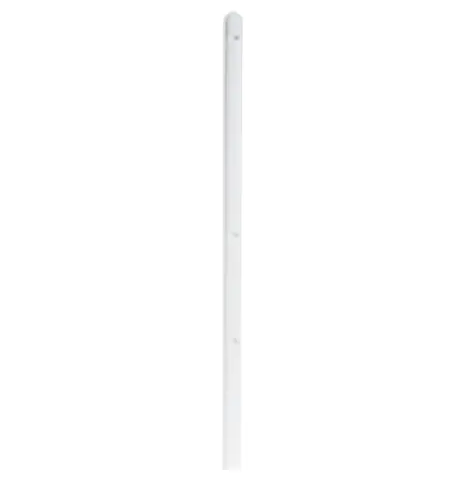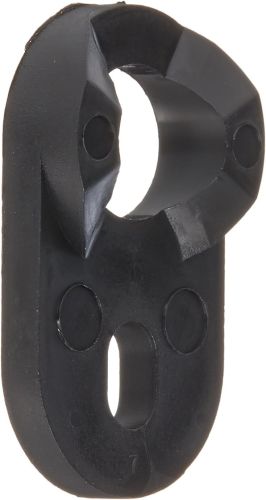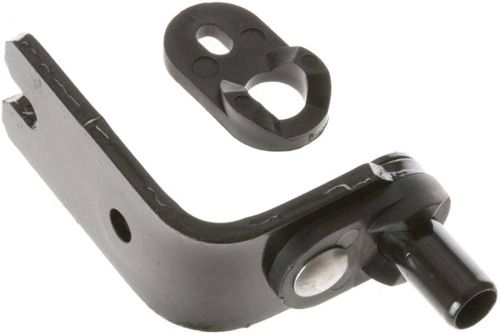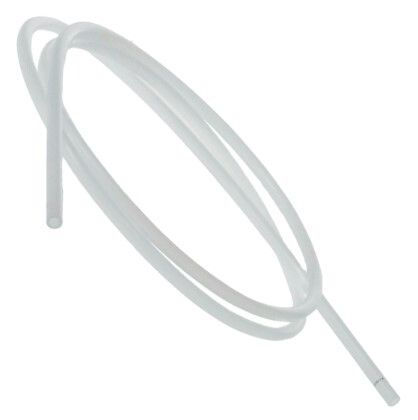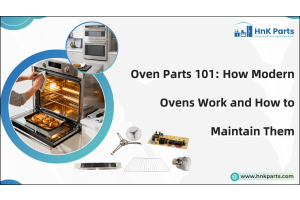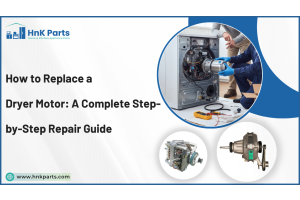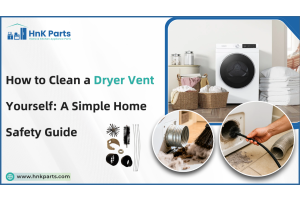
Ultimate Kitchen Ventilation Guide: Breathe Fresh, Cook Better
Proper kitchen ventilation is often overlooked, yet it plays a crucial role in creating a healthy, comfortable, and safe cooking environment. Whether you’re whipping up a quick weekday dinner or preparing an elaborate feast, the right ventilation system ensures smoke, steam, odors, and airborne grease are efficiently removed. In residential kitchens, this translates into improved indoor air quality and fewer lingering cooking odors. This comprehensive guide dives deep into everything you need to know—from understanding how ventilation works to selecting the right system, sizing your hood correctly, maintaining filters, and avoiding common pitfalls.
Understanding the Importance of Kitchen Ventilation
Kitchen ventilation serves two primary functions: removing airborne contaminants and controlling heat and humidity. When you cook, combustion appliances, oil splatters, and even boiling water release particles and gases that degrade air quality.
Effective ventilation:
-
Extracts smoke, steam, and odors directly at the source
-
Regulates temperature, preventing excessive heat buildup
-
Maintains balanced air pressure to avoid backdrafts
How It works
-
Capture: A canopy or hood positioned above the cooktop captures rising fumes.
-
Containment: A face of air velocity prevents escape of smoke into the room.
Exhaust or recirculation:
-
Ducted systems expel air outdoors.
-
Recirculating systems pass air through filters and return it to the kitchen.
Why It matters
Without adequate ventilation, grease-laden vapors settle on walls and appliances, fostering bacterial growth and discoloration. Moreover, lingering humidity can compromise wood finishes and encourage mold. On the safety front, a buildup of carbon monoxide (from gas stoves) poses a serious health hazard. Proper ventilation mitigates these risks, ensuring a cleaner, safer cooking environment.
Different Types of Kitchen Ventilation Systems
Kitchen ventilation plays a vital role in maintaining air quality, removing grease, smoke, and odors from the cooking space. Choosing the right system depends on kitchen layout, cooking frequency, and budget.
-
Ducted range hoods: Draw air through filters and expel it outdoors. They are highly effective at removing contaminants but require ductwork and have higher installation costs.
-
Ductless (recirculating) hoods: Pull air in, pass it through charcoal and grease filters, and then recirculate it back into the kitchen. They are easy to install and do not need ductwork, but odor removal is less effective, and the filters require frequent replacement.
-
Downdraft ventilation: Placed behind or beside the cooktop, drawing air downward. It offers a sleek look and works well for islands without overhead hoods, though its capture efficiency is lower and it needs extra cabinetry space.
-
Ceiling-mounted (island): Hoods are suspended above island cooktops, providing high airflow and acting as a visual centerpiece. They require complex installation and ceiling support.
Key Factors to Consider Before Choosing a Ventilation System
Selecting the optimal system requires balancing practicality, performance, and aesthetics.
-
Kitchen layout & size: Small galley kitchens may suit compact ductless hoods. Open-concept spaces benefit from powerful island or ceiling-mounted units.
-
Cooking style & frequency: Heavy frying or grilling demands higher airflow (CFM). Occasional stovetop use can get by with more economical, lower-CFM models.
-
Noise levels & aesthetics: Look for sone ratings, lower sones equate to quieter operation. Choose finishes (stainless steel, colored glass) that complement cabinetry and hardware.
-
Building codes & regulations: Local codes often specify minimum CFM per linear foot of cooktop. Multi-family residences may require fire-rated ductwork.
-
Budget Constraints: Factor in installation costs (ductwork, electrical wiring, and mounting). Account for ongoing filter replacement and energy usage.
By carefully assessing these factors, you’ll ensure the chosen ventilation system meets both performance needs and design preferences.
Supercharge Your Home Kitchen with These Innovative, Lightweight, and Portable Appliance Essentials
How to Choose the Right Range Hood Size & Power
CFM (Cubic Feet per Minute) quantifies how much air a fan moves. Proper CFM ensures pollutants are captured effectively.
Calculating required CFM
-
Gas cooktops: Minimum 100 CFM per linear foot of burner width.
-
Electric cooktops: Minimum 75–100 CFM per linear foot.
-
Example: A 30-inch gas range (2.5 feet) needs at least 250 CFM (2.5 × 100).
Matching hood size to cooktop
-
Width: The Hood should extend 3 inches beyond the cooktop on each side.
-
Depth: At least as deep as the cooking surface.
Mounting height recommendations
-
Electric ranges: 20–24 inches between cooktop and hood.
-
Gas ranges: 24–30 inches to account for higher flame dispersion.
For heavy-duty cooking, oversize the fan by 10–20% to maintain performance over time.
Filter Types and Proper Maintenance Tips
Filters are the workhorses that trap grease and improve air quality. Regular upkeep keeps your system running efficiently.
Types of filters
-
Mesh filters: Layers of aluminum mesh; affordable, easy to clean.
-
Baffle filters: Stainless steel panels that force air through narrow channels; excel at grease separation.
Cleaning & replacement schedule
-
Mesh & baffle filters: Clean monthly in warm, soapy water or dishwasher (if manufacturer-approved). Inspect for dents or corrosion; replace every 1–2 years if damaged.
-
Charcoal filters: Replace every 3–6 months, depending on usage.
-
Fan & duct: Inspect annually for grease buildup, schedule professional cleaning every 2–3 years in heavy-use kitchens.
Label filter installation dates with a removable marker. Keep a spare set of filters on hand to avoid downtime during cleaning.
Best Practices for Hassle-Free Installation
A well-installed system maximizes performance and longevity. Hire a qualified contractor and adhere to these guidelines:
-
Ductwork planning & materials: Use rigid or semi-rigid metal ducting—avoid flexible plastic or foil ducts. Opt for smooth-walled ducts to minimize air resistance.
-
Minimize bends: Each 90° bend reduces airflow by ~30%. Use gentle, sweeping elbows and keep total duct length under 25 feet wherever possible.
-
Proper vent termination: Install a backdraft damper to prevent outdoor air from entering. Position the exterior hood outlet at least 3 feet from doors and windows. Ensure the vent cap has a weatherproof cover to keep out pests and rain.
-
Electrical & support: Verify your circuit can handle the hood’s amperage. For heavy hoods (island or ceiling-mounted), reinforce the joist or install support brackets.
-
Seal & Insulate: Seal duct joints with fire-rated foil tape. Insulate ducts passing through unconditioned spaces to prevent condensation.
By following these practices, you’ll optimize airflow, reduce noise, and extend the life of your system.
Energy-Saving & Smart Ventilation Features
Modern hoods integrate technology to balance performance with energy savings and convenience.
|
Feature |
Details |
|
LED lighting Integration |
|
|
Variable fan speeds & auto-sensors |
|
|
Noise-reduction technologies |
|
|
Smart connectivity |
|
The Ultimate Guide to Wireless-Powered Kitchen Appliances
Common Ventilation Mistakes to Avoid for Optimal Performance
Even the best systems fail without proper planning and maintenance. Steer clear of these pitfalls:
-
Undersized hoods: Cannot capture all smoke or steam, leading to lingering odors and grease buildup.
-
Neglecting filter cleaning: Dirty filters restrict airflow, forcing the fan to work harder and shortening motor life.
-
Poor duct design: Excessive bends, long runs, and narrow ducts drastically reduce efficiency.
-
Using incompatible materials: Flexible plastic ducting and non-fire-rated tape can pose fire hazards.
By proactively addressing these issues, you’ll maintain optimal airflow, minimize maintenance headaches, and ensure a safer kitchen environment.
Investing in proper kitchen ventilation is one of the smartest decisions you can make for your home or commercial space. From selecting the right system, ducted, ductless, downdraft, or ceiling-mounted—to sizing your hood accurately and maintaining filters diligently, every step contributes to healthier air quality, improved cooking performance, and reduced fire risk. Modern advancements like LED lighting, variable-speed motors, and smart connectivity further enhance both functionality and energy efficiency. HnKParts is your trusted online store for high-quality home appliance parts in the USA. We offer a wide range of Stove & Oven Parts, Dishwasher Parts, Refrigerator Parts, Washing Machine Parts, and Dryer Parts to keep your appliances running smoothly.
FAQs
Can a kitchen be over-ventilated?
Yes. Excessive ventilation can create negative air pressure, drawing in unconditioned air from outside and affecting HVAC performance. The goal is balanced airflow.
How often should professional kitchen ventilation inspections be done?
For residential kitchens, once a year is sufficient. In commercial kitchens, quarterly inspections are recommended to meet safety codes and maintain performance.


